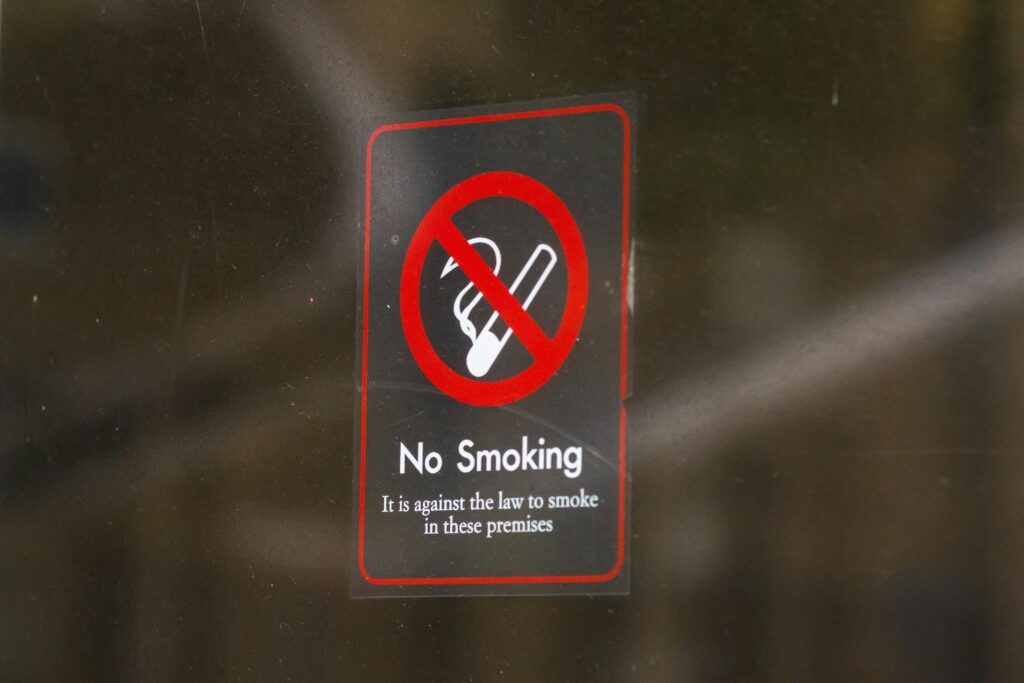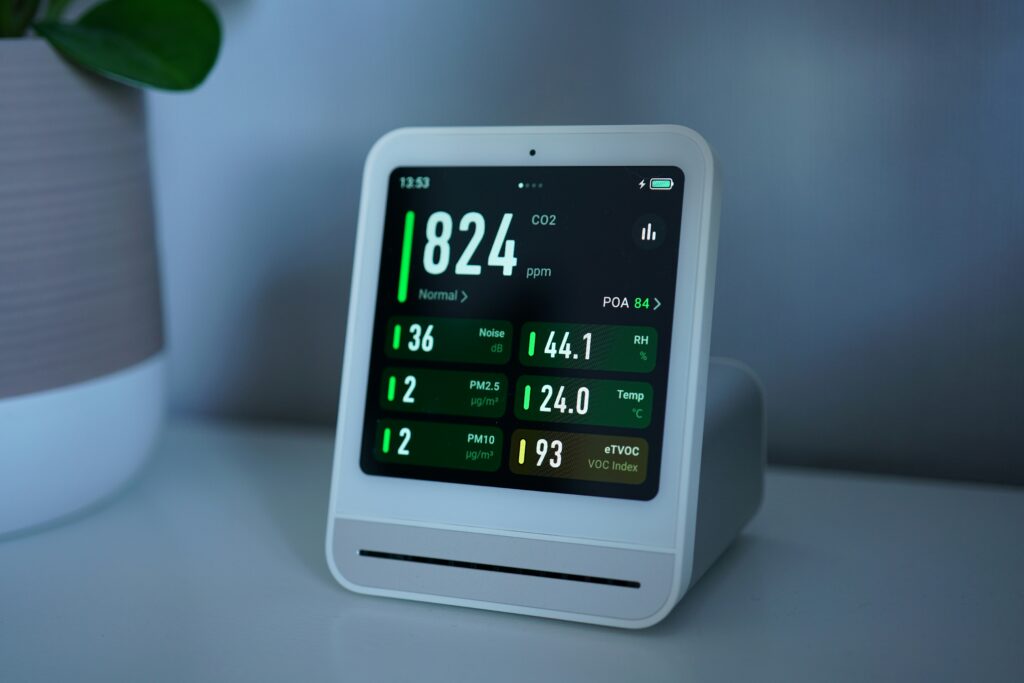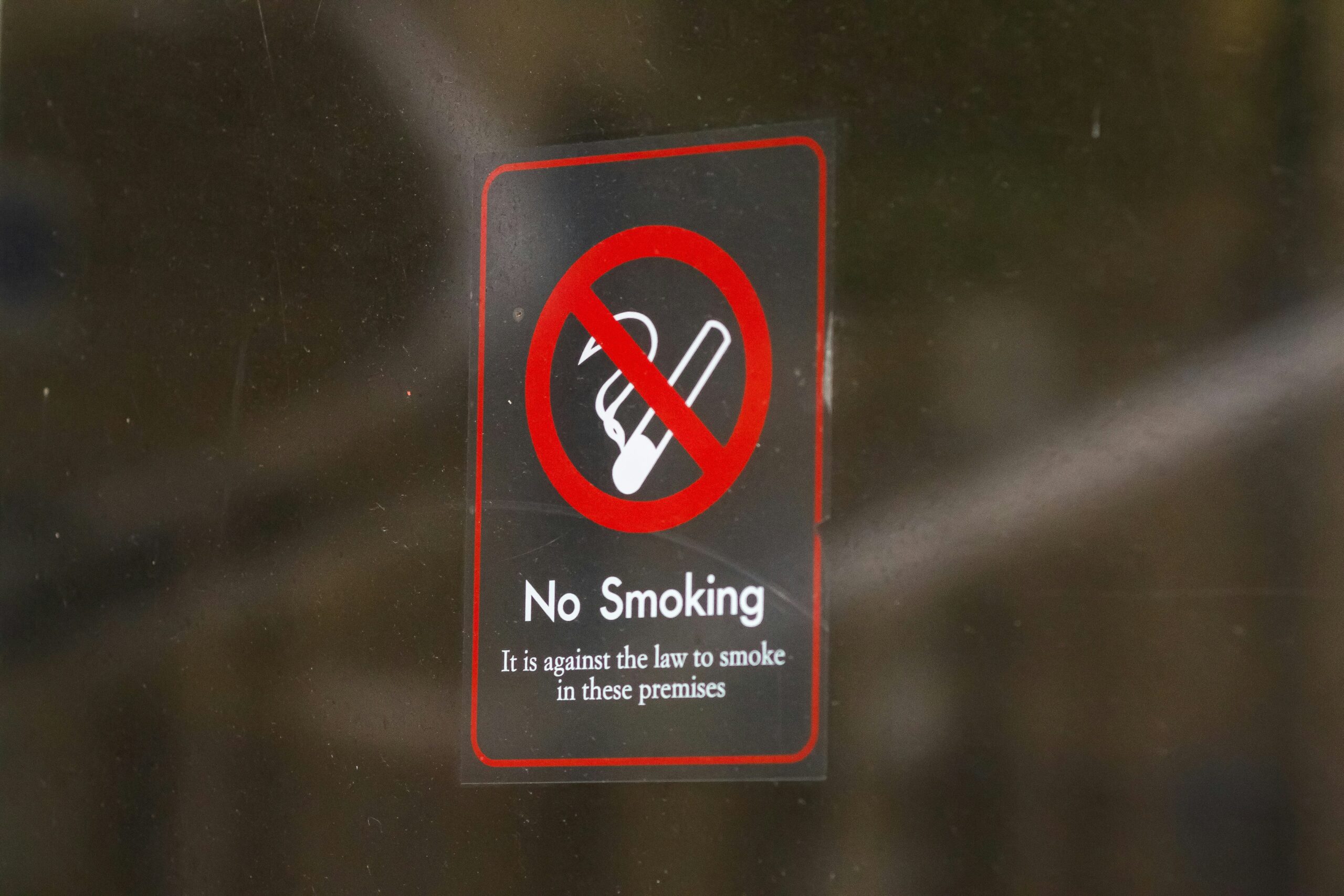By Mercedes Quintanilla
The WELL Building Standard is a metric for buildings and organizations to provide environments that enhance the health and well-being of the occupants. The standard includes 10 concepts; this time I am going to review the Air concept.
Goal
Improve the quality of the air that is breathed inside the building through various strategies that include the elimination or reduction of sources of contamination or filtering.

Background
- People spend approximately 90% of their time in enclosed spaces such as offices, schools, or other environments. During this time, inhalation exposure to indoor air pollutants can lead to a variety of short- and long-term negative health and well-being outcomes.
- Indoor air pollution can cause headaches, dry throat, irritated eyes, and runny nose, while more serious health outcomes can include asthma attacks, Legionella infection, or — in worst-case scenarios — cancer-related deaths.
- The most common indoor air pollutants are combustion sources, such as candles, tobacco products, stoves, ovens, and fireplaces, which release pollutants such as carbon monoxide, nitrogen dioxide, and small particles into the air. Building materials, furniture, fabrics, cleaning products, personal care items, and air fresheners emit volatile or semi-volatile organic compounds.
- Achieving this goal requires both professionals and building users to be involved in the communication and implementation of the approaches.
- In a recent study on the global burden of disease, household air pollution was ranked as the 10th leading cause of ill-health for the world’s population.

Requirements
- Air Quality: Projects must provide acceptable levels of air quality determined by local authorities.
- Smoke-Free Environments: Indoor smoking should be prohibited and outdoor action restricted.
- Ventilation Design: Projects are required to acquire fresh air from the outdoors through mechanical or natural means to dilute human- and product-generated air contaminants.
- Construction Pollution Management: Protecting indoor air quality during building construction and renovation is required through a combination of strategies, such as duct protection, moisture and dust management, replacement of filters, and the proper selection of equipment.
- Improved Air Quality: Projects must go beyond current guidelines to provide improved levels of air quality that have been linked to better human health and performance.
- Improved Ventilation Design: Advanced ventilation strategies must be implemented that achieve higher levels of air quality and therefore benefit human health and productivity.
- Operable Windows: Operable windows increase the supply of high-quality outdoor air and promote a connection to the outdoor environment by encouraging building users to open windows when outdoor air quality is acceptable.
- Air Quality Monitoring and Awareness: Requires continuous measurement of pollutant data to educate and train occupants about their environmental quality.
- Pollution Infiltration Management: Projects must reduce the transmission of air and pollutants from the outside to the inside.
- Combustion Minimization: Combustion products with low emissions or completely eliminating combustion-based products must be used.
- Source Separation: Strategies should isolate key sources of odors, germs, contamination, or moisture through dedicated doors or exhausts.
- Air Filtration: Adequate air filtration must be implemented, and a documented maintenance protocol for installed filters must be followed.
- Control of Microbes and Mold: UVGI (Ultraviolet Germicidal Irradiation) systems should be used, and periodic inspections of cooling system components should be performed to reduce or eliminate the growth of microbes and mold.

Read the Comments +